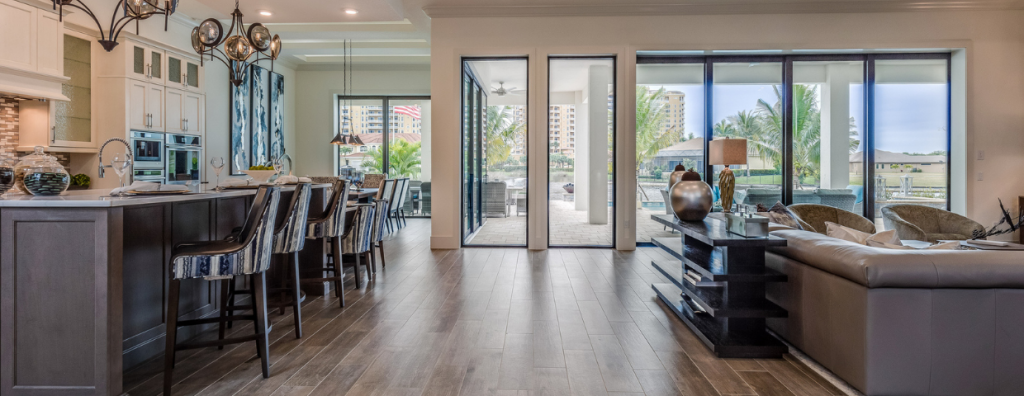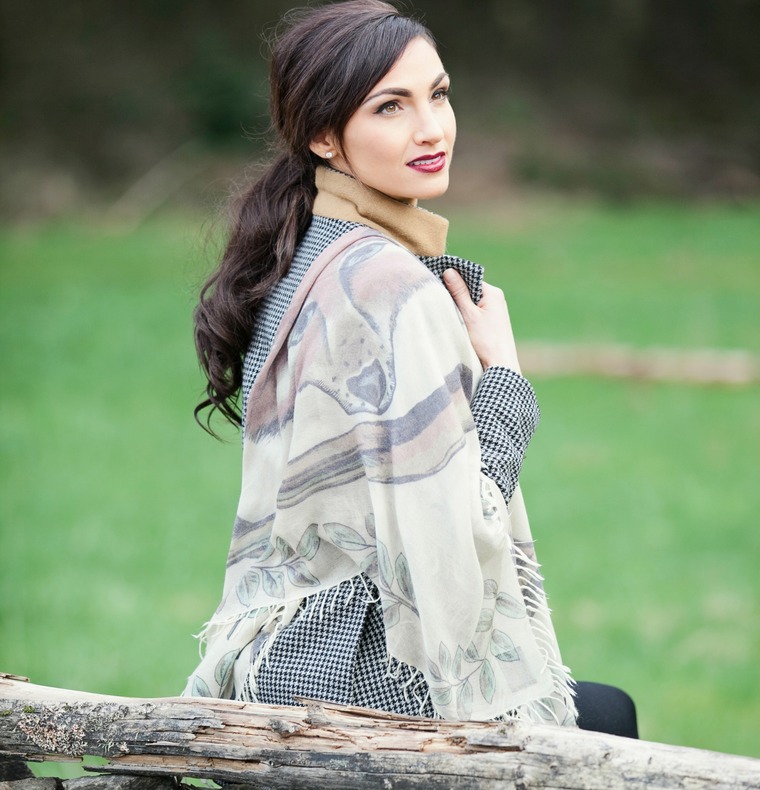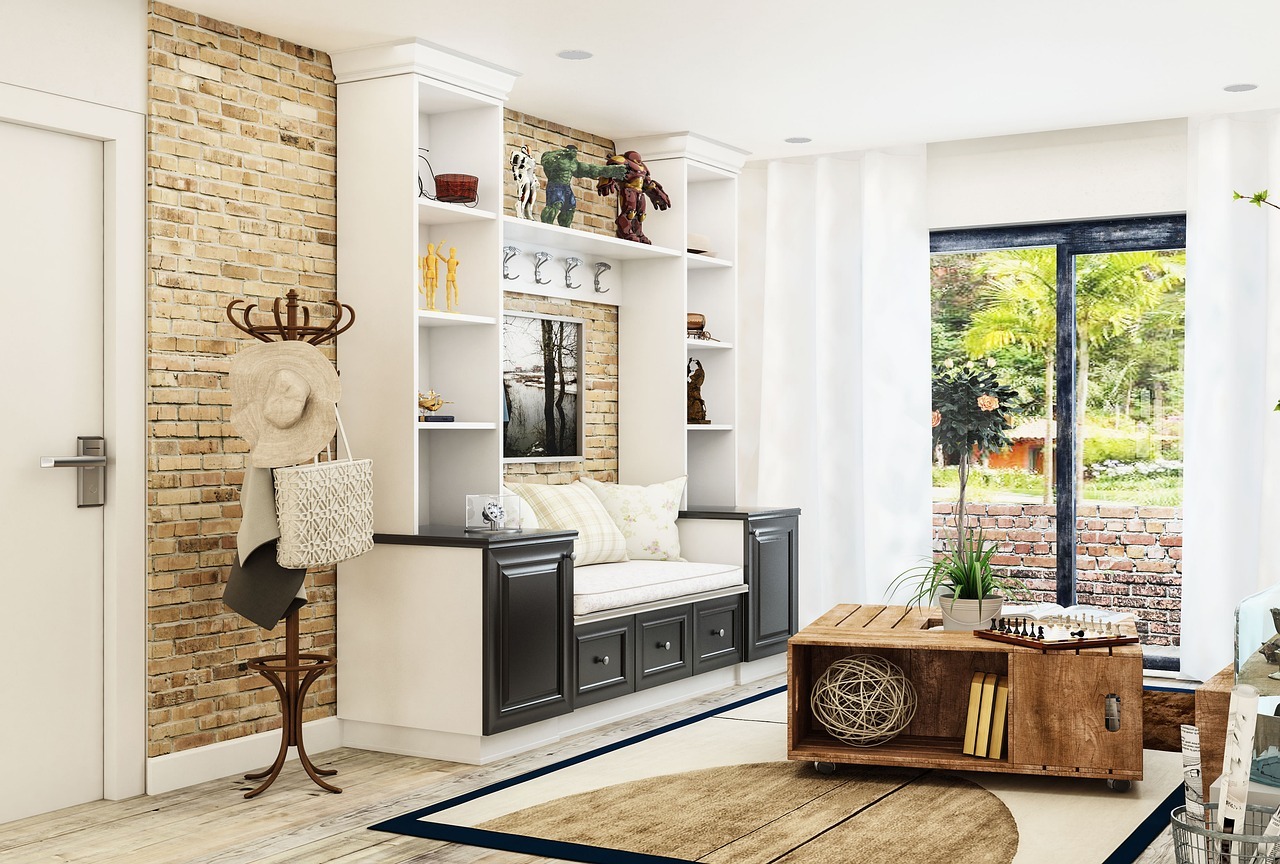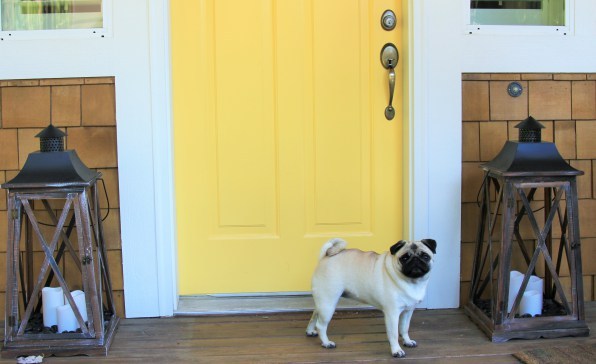How to Choose the Best Flooring

Flooring is a key component of a home’s design and can often be the centerpiece of a renovation or remodel. Because it covers such a large surface area it will significantly impact the look and feel of your home, so choosing the right material can be stressful. Weigh your options before making a decision. Learn about the different types of material, assess your budget, and form a plan for installation.
How to Choose the Best Flooring
Room Function
How you spend time in any given room will help you decide which type of flooring is best. In your home office, choose the flooring that best accommodates your working needs. Carpet can be comforting while hardwood and laminate are more durable. Entryways, mudrooms, playrooms, and pet rooms will undoubtedly see their fair share of dents, cracks, and dings, so a resilient material is best for these areas. Consider materials that are strong and easy to clean, such as tile. The kitchen is a high-traffic area that is constantly being cleaned and re-cleaned. Explore solid yet easy to clean materials like vinyl, hardwood, and ceramic tile. If these common flooring materials aren’t to your liking, certain alternative flooring options may appeal to you, including bamboo, cork, and concrete.
Budget
Your budget will be a major deciding factor in which type of flooring you ultimately install. Are you replacing your flooring as part of a larger, full-scale remodel? If so, there may be other projects that will warrant a larger share of your budget. Are you looking to make the flooring a selling point of the home? If so, you’ll likely dedicate more money towards the material and installation. Talk to your agent about which types of flooring have the best resale value and what buyers in the area are looking for. For example, if you live in a climate that experiences cold temperatures, heated flooring may give your home a competitive advantage over other listings when it comes time to sell.
Installation
There are two approaches to a flooring installation: DIY or professional. Installing your flooring on your own is a great way to save money on the project, but it’s also a lot of added responsibility. Before making the decision to install on your own, understand the risks involved with the project and the time it will take to complete it. Vinyl and laminate flooring tend to be easier to install DIY. Hiring a professional will come with increased costs, but you’ll be paying for higher quality work that will increase the value of your home. More involved flooring installations such as hardwood are usually best handled by a pro.
Style & Color
After your budget has been set and you’ve decided on how to install, then comes the fun part. When choosing the style of your flooring, think about how it will interact with the space. Will the flooring be the focal point of the space? Will it compliment the features of the room and the surrounding décor? Knowing these answers will help to sort out the fine details, such as the specific shade of tile or the grain of wood.
Maintenance
At the end of the day, you may simply be looking for flooring that’s easy to take care of. In that case, explore common low-maintenance materials like vinyl and laminate. Vinyl flooring—whether it’s tile, sheet, plank, or peel-and-stick—requires little care compared to high-maintenance flooring such as solid or engineered wood.
For more information on home design, visit our Design page. To learn more about interior design, visit our Design Styles page.
The Timeless Appeal of the Equestrian Life


Bronte Jacket with Fox and Horn Scarf, photo: O’Shaughnessey Apparel
Recently, I put my well-worn paddock boots away for a weekend and treated myself to a trip to New York. Though I love my horses and thoroughly enjoy taking care of them (yep, I even enjoy mucking their stalls!), I needed a little vacation, and New York is my version of Disneyland so off I went. It had been a few years since my last visit to the Big Apple and, as I walked the streets happily window shopping and people watching, I just had to giggle to myself. No matter what part of town I was in – Soho, Midtown, Upper Eastside – I saw well-dressed ladies wearing tall riding boots, snaffle-bit style belts and purses with a distinctly “horsey” feel to them.
It struck me, in the midst of a big bustling city where the only horses are the giant stone ones gracing the façades of old buildings and the few scattered cart horses pulling excited tourists through Central Park, that no matter who you are or where you live, the equestrian lifestyle has ubiquitous appeal. We all know that Ralph Lauren played a big role in defining this style in America, and clearly his influence has not dampened in decades but rather given inspiration to dozens of new designers creating in the same milieu. Lauren has built an empire on equestrian life images but, let’s face it, none of the folks running around in his famous Polo shirt just left a match. It’s probably safe to say that the majority of folks wearing a Polo have never even been to a match, and most polo players are probably not wearing Ralph Lauren (sorry Ralph). So, what is this appeal?
I don’t think it’s simply because equestrian sports are often favored by the mega wealthy, and hence that wearing equestrian-styled clothing somehow puts one in a league with the rich and famous. I believe it’s also about the feeling you get when you are near a horse. Horses have a regal quality and it is they who give meaning to the sport and the lifestyle. A horse would just as soon throw a prince off his back as a pauper. Likewise, he will just as likely love and care for a little girl astride his back for the very first time as the 90-year-old Queen of England. Being in the presence of a horse makes us feel special, and who doesn’t like feeling special?
Pure and simple, horses are magic and we all want a little more magic in our lives. Horses have carried us through war and peace, pleasure and competition. And even if you can’t have one to call your very own, wearing horse-inspired apparel makes us feel special, refined, and maybe even a little bit powerful. Just like the beautiful animals we so admire.
KiamaLise Herres is an equestrian properties specialist with Windermere Equestrian Living. She lives in Fall City, WA with her husband, two children, three horses, four dogs, one barn cat and a very sassy goat.
For more information on Windermere Evergreen please contact us here.
 Facebook
Facebook
 X
X
 Pinterest
Pinterest
 Copy Link
Copy Link



 Make a bold statement with a “new” front door – color is mandatory. Something as simple as painting your front door can change the whole look of your home and its curb appeal. Be that house on the block that people have to double-take when they drive by.
Make a bold statement with a “new” front door – color is mandatory. Something as simple as painting your front door can change the whole look of your home and its curb appeal. Be that house on the block that people have to double-take when they drive by.